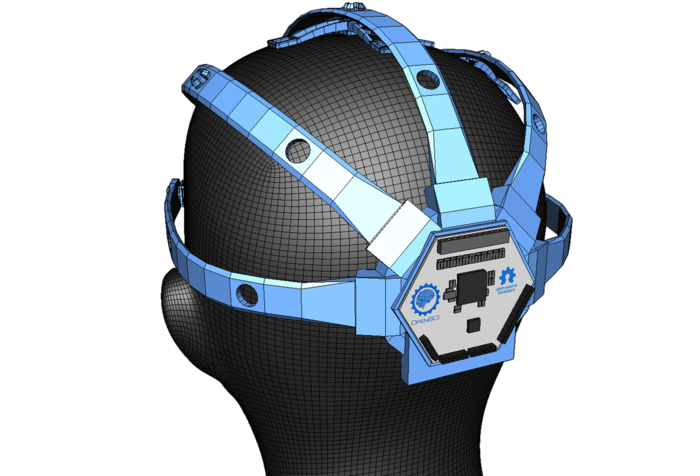Category: Science
-
The Whole History of the Earth and Life
Earth (wikipedia) Kaoru GreenEmerald – Publisher Youtube channel with a lot of science related videos The Whole History of the Earth and Life – Video The Whole History of the Earth and Life (YouTube) Transcipt (The Whole History of the Earth and Life 00:01[Music]00:16more than 4.5 billion years ago the00:19Milky Way galaxy collided with a…
-

OpenBCI – Brain Computer interface
OpenBCI is an open source brain-computer interface. The OpenBCI was developed by Joel Murphy and Conor Russomanno, and crowd-funded by a successful Kickstarter campaign. The OpenBCI can be used to measure and record electrical activity produced in the brain (EEG), muscles (EMG), and heart (EKG), and is compatible with standard EEG electrodes. The OpenBCI can…
-
Singularity
Singularity A video about Ray Kurzweil: http://hot.ynet.co.il/home/0,7340,L-11605-96884,00.html